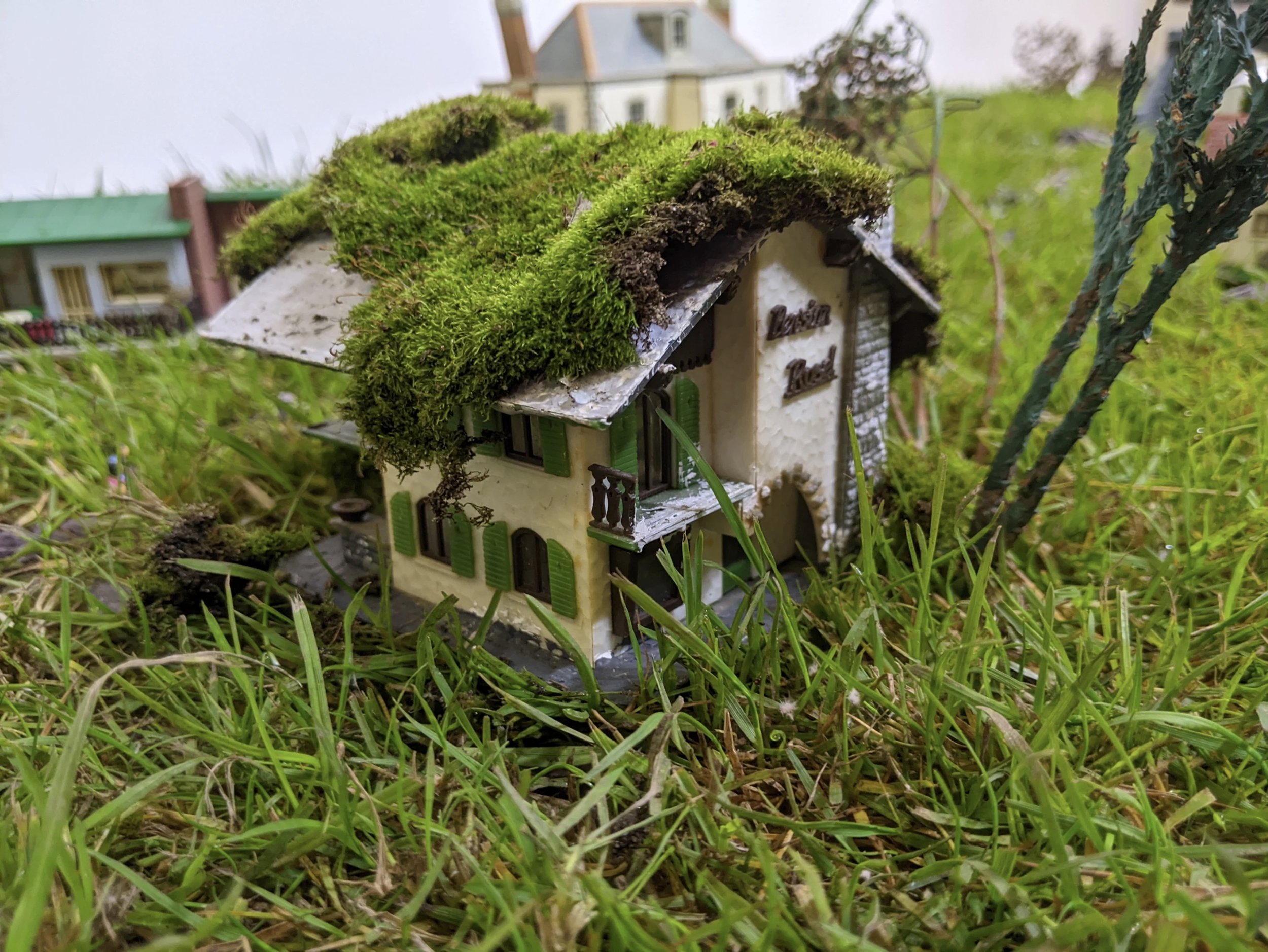In Joseph Conrad's Heart of Darkness, the protagonist Marlow visits Brussels, capital of the nation that rules over distant lands in Africa, a city that makes him think of a ‘whited sepulchre’; which is to say, an object that conceals the spectre and evidence of death. Drawing on Matthew 23:27 Conrad alludes to the hypocrisy and dishonesty of the deceitful priests who, like those whited sepulchres, concealed truths that must not be spoken of. But given that we have already produced unanticipated levels of danger to the whole world, we ask, are they friend or foe?
WHITED SEPULCHRES - NUCLEAR SEMIOTICS
The former mining town of Millom has undergone a period of environmental rejuvenation following closure of the ironworks in 1968. Situated where the Irish Sea and the Duddon Estuary meet, this South Cumbrian town has begun to assume a new identity as a tourist destination. With a nature reserve designated as a SSSI alongside more active recreational opportunities and a natural beauty that once encouraged Wordsworth to write about the area, MIllom was looking forward to a more secure economic future.
However, the town has now become the focus of national interest as a potential location for a Geological Disposal Facility (GDF) or, in plain English, a nuclear dump. Research is now well under way to assess the viability of tunnelling from Millom out under the Irish Sea in order to build this storage facility. This form of disposal has been banned in most other countries.
This new artwork is witness to Irene Rogan assuming a more activist role; seeking to join a campaign to resist such facilities on or around the UK mainland. The installation is multilayered insofar as it draws on science, science fiction and nostalgia to evoke an image of the potentially dystopian futures such interventions may bring. Inspired by miniature railway dioramas this tableau evokes the spirit of Millom as a seaside holiday resort juxtaposed with the railway with its freight of white nuclear containers or 'Whited Sepulchres'.
The term 'nuclear semiotics' has recently gained currency in relation to the question of how to communicate nuclear hazards to future generations. The installation suggests a loss of memory in the immediate as people—self destructively—crowd around the nuclear flasks.
A glimpse even further into the future, possibly in excess of 10,000 years, is represented by the golden baubles. This latter image draws on research suggesting single cell microorganisms–Geobacters and Reno cocci—may be able, over vast periods of time, to metabolise this waste material.




















